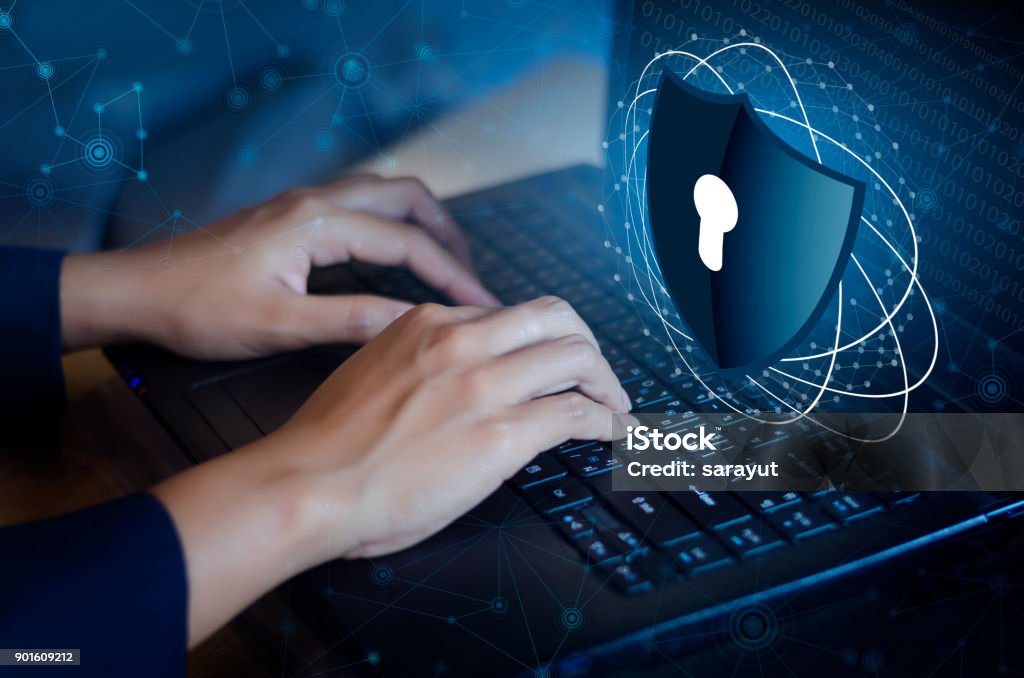You are often in charge of your home office’s cyber security. But how should we approach the problems? See our recommendations below for safe remote work.
Protect your remote work and home office.

While cyber security in the workplace is often handled by someone else, it is more your responsibility at home. There are still steps that you must do even if your company provides you with a computer. You may enjoy safely working from home if you use these eight recommendations.
Employ antiviral software.
To operate safely, you just must have it; there is no getting around it. Installing antivirus software on your PC is a good way to start enhancing your cyber security for remote work. Keep malware from compromising the systems used by your company and yourself.
2. Verify that your applications and system are up to date.
Operating systems and programs are updated often to increase security. Verify that the most recent version of your operating system is installed. In order to protect your systems, enable automatic updates. It’s a good idea to install updates as soon as your employer’s system asks you to.
3. Be mindful of network security and WiFi
It is up to you to secure your home network, whether or not you utilize the equipment provided by your company. Protecting your network will increase the security of your home office. It’s a good idea to start using a password if your WiFi demands one. If not, modify this by going into your router’s settings. Locate the IP address printed on the router, enter it in your web browser, and log in to see your router settings.
Additionally, alter the router’s default password. Default passwords are a vulnerability in network and Wi-Fi security because hackers often know them. Make the modification right now if you haven’t done it before. Through the router, an attacker could be able to view your devices and online traffic.
4. Use a VPN to protect your privacy.
Invest in a VPN to protect your connection and encrypt your data if you use your own computer for distant business. Anyone you don’t want to be able to view your online traffic cannot do so using VPN. To increase the security of public Wi-Fi networks, always use a VPN.
5. Refrain from excessive screen sharing.
Use caution while sharing your screen in online meetings. Avoid leaving any windows open that you would not want to share, if at all feasible. Indeed, accidents do occur. It might be uncomfortable, but there is also a privacy concern. Unintentionally sharing material that isn’t intended for public viewing might happen.
6. Watch out for phishing schemes
Phishing schemes are often sent to work emails with the intention of stealing login passwords and personal information. Avoid opening emails that include any dubious links or attachments. It’s better to be safe than sorry. Use the email system provided by your company if there is a mechanism to report phishing emails.
7. Avoid disclosing personal information on social media or in texts.
Never provide any personal information in emails or texts. It may simply be another instance of spear phishing. Before providing any personal information, be sure the request was valid if you are requested for it.
Using social media to post images of your remote work equipment puts your online security at danger. You can unintentionally divulge sensitive information. Using your webcam is no different. You run the danger of jeopardizing your family members’ privacy while using webcams.
8. Establish a positive work atmosphere
Thinking about cyber security and remote work may not immediately bring up ergonomics. However, everything that might interfere with your focus increases your susceptibility to frauds and clicking on dangerous links. Recall to take pauses for the same purpose.

